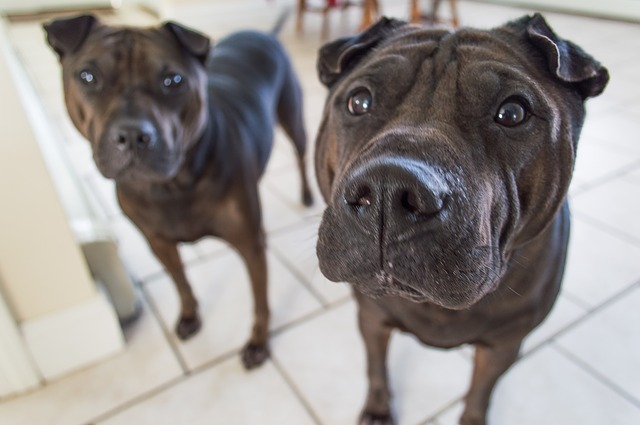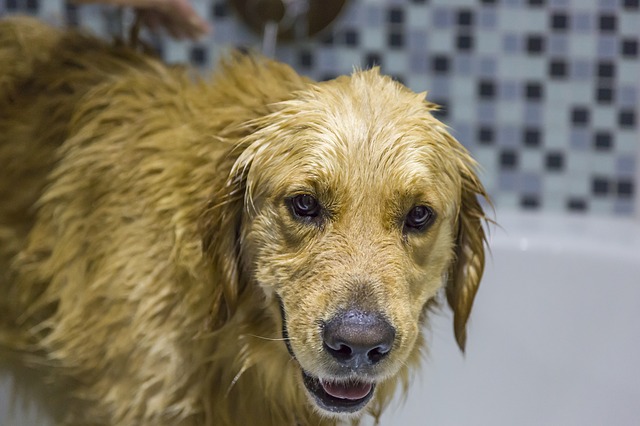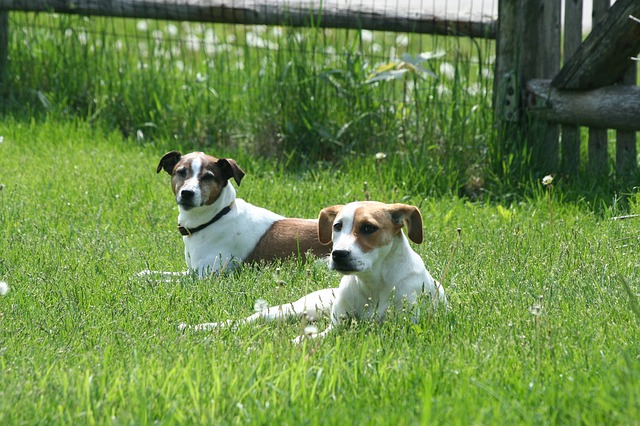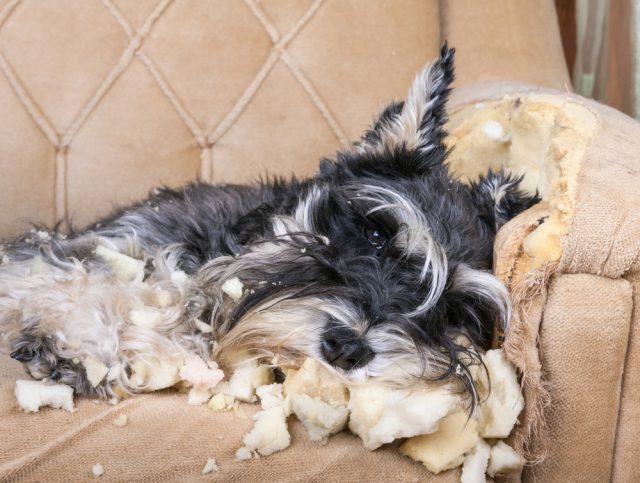Many pup parents learn through experience that having a dog is a lot like having small children. They’re cute and fun to play with, but they also manage to get themselves into messy and potentially dangerous situations. Puppies are especially known for their mischievous ways, but dogs of all ages can have a talent for getting into trouble.
Sometimes it’s your favorite pair of shoes that’s at stake, but your dog’s curious nature can also put their health at risk. Dog-proofing your house is an important part of being a responsible pet owner. Here’s a room-by-room guide to make sure your house is safe for four-legged family members.
In The Kitchen
Trash Cans: Large dogs can easily knock over covered trash cans to get what they want, and even pint-sized pups can go dumpster diving. Not only will you have trash all over your kitchen floor, you also have to worry about your dog getting sick from what they eat. They could even suffocate from getting their heads stuck inside airtight snack bags, like those from cereal or chips. (It’s never a bad idea to rip them open or cut slits in them before tossing them out, just in case.)
The best trash cans for big dogs and clever dogs who can get past normal lids are the pull-out kind. They can be expensive, but they’re worth it.
Cleaning Supplies: Never leave cleaning supplies—even the seemingly harmless all-natural ones—on counters or low shelves. Store them safely behind closed cabinet doors, and if your clever canine knows how to open cabinets, invest in child locks.
Related: The 10 Best Cleaning Products That Are Safe (And Effective!) For Your Dog

Food: Some food is fine for your dog to eat, but you don’t want them overeating or stealing what you had planned for dinner. Dogs love to counter surf, and even small dogs can parkour their way up to high surfaces. Keep everything either on a top shelf or in a closed pantry. It’s also important to take special caution with potentially poisonous foods, like chocolate. Again, food in airtight bags can pose a deadly suffocation risk, as mentioned above.
In The Bathroom and Laundry Room
Toilet: For some reason, dogs love drinking water straight from their favorite porcelain bowl. Besides the obvious “ick” factor, toilet water can be contaminated with dangerous cleaning chemicals. Remember to keep the lid closed to stop thirsty pets from drinking what they’re not supposed to. Especially stubborn dogs can learn to lift the lid on their own, so child locks might be necessary. Also, make sure that their own bowl is always filled with fresh water!
Medications: Painkillers and prescription drugs are extremely dangerous for dogs. If they spot something by the sink they want to investigate, they could easily get the lid off and swallow what’s inside. Always keep medication safely in the medicine cabinet or far from the dog’s reach.

Cleaning Supplies: Bathroom cleaning supplies should follow the same rule as kitchen cleaning supplies. Toilet bowl cleaner and bleach can be potentially fatal for dogs.
Makeup and Lotion: You don’t want slobber mixed in with your makeup, and your dog shouldn’t be allowed access to any kind of cosmetic product. Some makeups and lotions smell interesting, and with their good sniffers, dogs can’t help but investigate.
Small Spaces: Dogs of all sizes can easily get themselves stuck behind dryers and washing machines. It’s best to block these areas off to prevent accidents. If the dog realizes they’re stuck and panics, they could injure themselves and damage your appliances. Also make sure your small dog hasn’t climbed into the open dryer for a comfy snooze before turning it on.
In The Living Room, Office, and Bedroom
Houseplants: Many popular houseplants like aloe, sago palms, and azaleas look pretty, but they’re toxic to dogs. It’s best not to have these plants at all, but if you must, keep them far out of reach of the dog. Here’s a list of plants to be wary of.
Electrical Outlets: Like little children sticking their fingers into electrical outlets, puppies and dogs can also get curious. Many newer homes have built-in safety outlets. If your house doesn’t have them, invest in outlet covers. They’re cheap and do a lot of good.

Breakable Items: You’ll do both you and your dog a favor by keeping breakable decorations and other items far away from their reach. That includes flower vases, picture frames, and your grandmother’s decorative china.
Candles, Infusers, and Wax Melters: Scented candles and other good-smelling things are great for covering up typical dog stench. They’re not so great, however, when your dog decides to eat them or knock them over. Keep them on high shelves to be safe.
Electrical Wires: Chewing on electrical wires can lead to anything from severe burns in the mouth to death. If something isn’t being used, keep it unplugged. For the TV and other electrical devices that are constantly plugged in, think of a method to keep the cords off the floor and safely bundled out of reach.
Trash Cans: Like the kitchen trash can, the trash bin in the office or bedroom is a treasure trove of potentially fun things for the dog to chew on. Too bad those things can also cause them harm. Old ink cartridges, tissues, and other things can be toxic or create a blockage in the dog’s digestive system.
Windows: Dogs that like to bark at the neighbors won’t hesitate to bust through a window screen. For second-story windows, this can be especially dangerous. Make sure all window screens are installed securely or keep potentially dangerous windows closed.
In The Garage, Basement, and Outdoor Areas
Automotive Leaks: Antifreeze is one of the top causes of poisoning in pets. It tastes sweet, and once a dog gets a lick, they’re likely to ingest enough to be fatal. Oil is another liquid that can leak from cars and be lapped up by pets. Always keep the garage floor clean if you plan on allowing your dog access.
Related: 10 Best Dog Doors

Sharp Tools: All tools should be kept either in their designated cases or another kind of secured area. It’s too easy for a dog to jump on a shelf and put their paw on a saw blade.
Chemicals and Paints: Chemicals including weed killers and pesticides are extremely dangerous for dogs. (these pet-safe weed killers however, are safe) Keep them in closed cabinets far from the ground. The same rule applies to paint cans.
Swimming Pools: Lots of dogs love playing in the pool, but they should only be allowed access when they’re properly supervised. There’s always the risk of drowning (even dogs that know how to swim can drown), and you don’t want your pup drinking chlorinated water. Invest in either a fence or a pool cover to keep everyone safe. If your pup is half fish, try one of these pools designed just for dogs.
Conclusion
The best way to go about dog-proofing your house is to look at everything from a dog’s perspective. Get down to their eye level and try seeing things as if you’ve never seen them before. Anything new will be automatically interesting to a resident dog, and puppies and newly adopted adult dogs will want to explore everything in their new territory. Clean up clutter to minimize the risk of chewed-up items, and keeping certain doors closed and using baby gates to block off areas will always be the most efficient way to keep the dog out of trouble.

 Toledo, United States.
Toledo, United States.